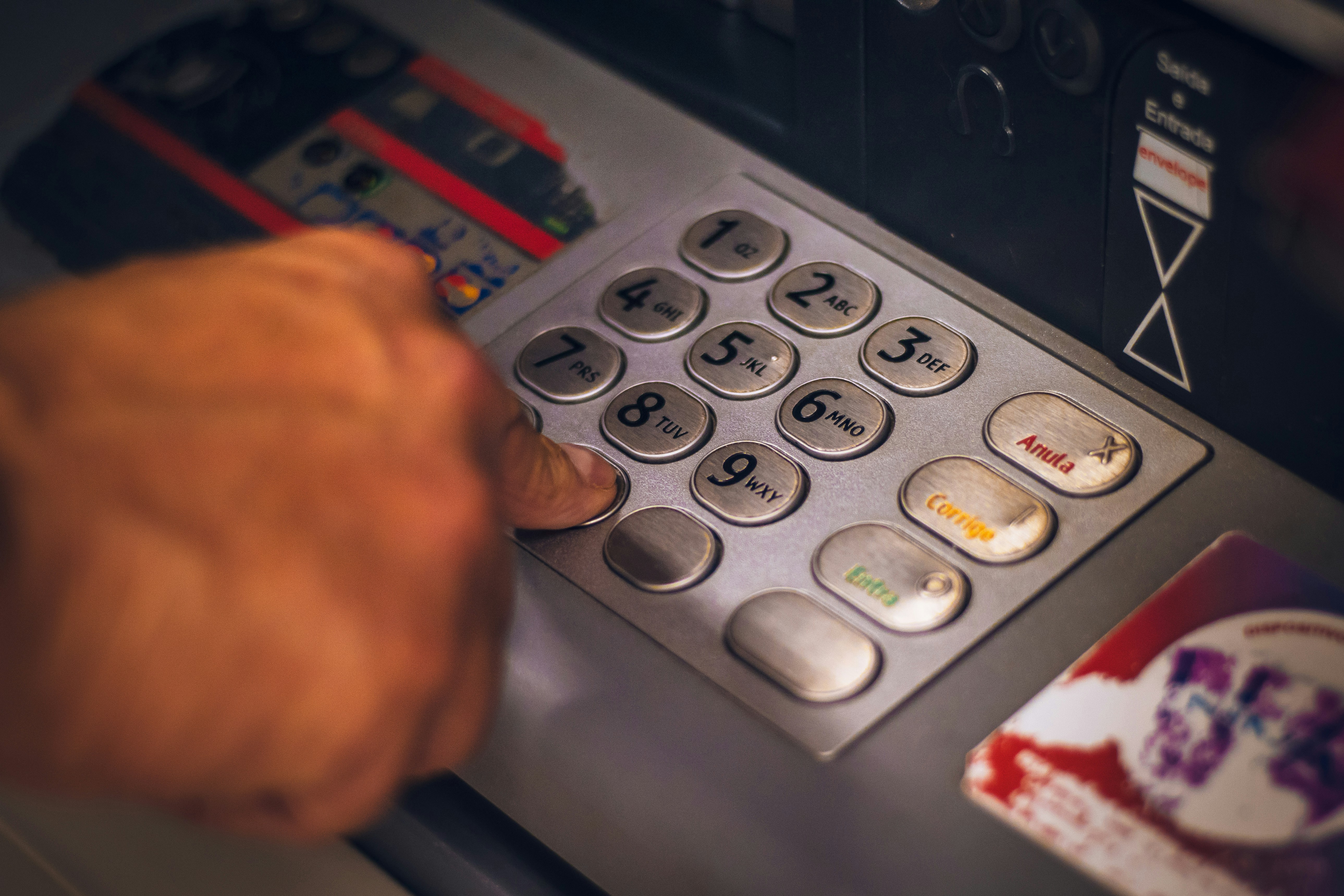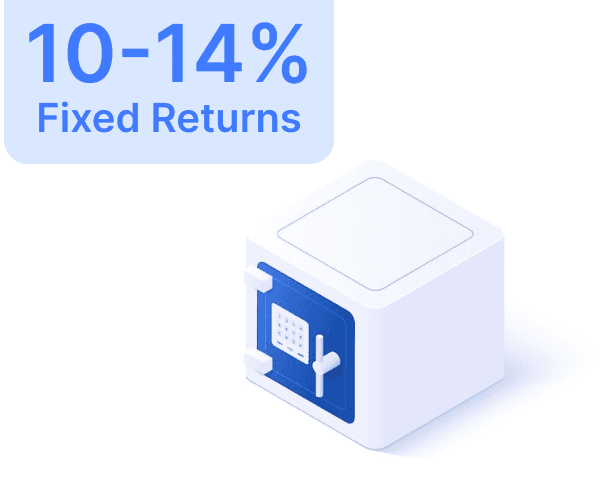
Trusted by 1L+ Indians
Want to Achieve any of the below Goals upto 80% faster?

Dream Home

Dream Wedding

Dream Car

Retirement

1st Crore


Dream Home

Dream Wedding

Dream Car

Retirement

1st Crore


Trusted by 1L+ Indians
Want to Achieve any of the below Goals upto 80% faster?

Dream Home

Dream Wedding

Dream Car

Retirement

1st Crore


Dream Home

Dream Wedding

Dream Car

Retirement

1st Crore


Trusted by 3 Crore+ Indians
Want to Achieve any of the below
Goals upto 80% faster?

Dream Home

Dream Wedding

Dream Car

Retirement

1st Crore

Trusted by 3 Crore+ Indians
Want to Achieve any of the below
Goals upto 80% faster?

Dream Home

Dream Wedding

Dream Car

Retirement

1st Crore

Trusted by 3 Crore+ Indians
Want to Achieve any of the below Goals upto 80% faster?

Dream Home

Dream Wedding

Dream Car

Retirement

1st Crore


Trusted by 3 Crore+ Indians
Want to Achieve any of the below Goals upto 80% faster?

Dream Home

Dream Wedding

Dream Car

Retirement

1st Crore

PE Ratio - Price to Earnings Ratio
PE Ratio - Price to Earnings Ratio



May 10, 2023
8 Minutes




Deciphering the Significance of P/E Ratio in Stock Analysis
Understanding P/E Ratio – A Fundamental Metric
The P/E Ratio, or Price to Earnings Ratio, stands as a key metric in stock analysis. This ratio is the relationship between the current share price of a company and its earnings per share (EPS). Typically calculated based on the earnings from the last 12 months, the P/E Ratio sheds light on investor willingness to invest in a company's share concerning its earnings.
P/E Ratio Formula Simplified
The formula for the P/E Ratio is straightforward:=
Current Market Price of a Share
Earnings per Share
P/ERatio=
Earnings per Share
Current Market Price of a Share
In essence, it showcases the amount investors are willing to invest in a company's share for every rupee of its earnings.
Unveiling the Implications of P/E Ratio
High P/E Ratio:
Overvaluation or Growth Trajectory: A high P/E Ratio may indicate overvaluation or a growth trajectory. Investors speculate increased future revenue, boosting current stock prices.
Low P/E Ratio:
Undervaluation or Future Poor Performance: Conversely, a low P/E Ratio signals undervaluation, often due to market risks. It might also hint at anticipated poor future performance.
Types of P/E Ratio
Forward P/E Ratio:
Estimating Future Performance: Based on estimated future earnings, this ratio aids in assessing a company's future performance and growth rate.
Trailing P/E Ratio:
Reliable Past Performance: Utilizing past earnings, this ratio offers a more accurate view of a company's historical performance.
P/E Ratio in Value Investing
For investors employing "value investing," the focus is on intrinsic asset value rather than current market price. A high P/E Ratio warns of overvalued stocks, steering investors clear of potential systematic risks.
Absolute and Relative P/E Ratio
Absolute P/E Ratio:
Traditional Calculation: Obtained by dividing the current stock price by past or future earnings.
Relative P/E Ratio:
Benchmarked Comparison: Compares a company's absolute ratio against a benchmark or past ratios. A ratio below 100% suggests underperformance, while above 100% indicates outperformance.
Deciphering a Good P/E Ratio
Determining a good P/E Ratio hinges on factors like market conditions, industry averages, and the company's nature. Comparative analysis with industry peers aids in gauging a ratio's significance.
Limitations of P/E Ratio
While P/E Ratio provides insights into a company's valuation, it has limitations:
EPS Growth Rate: It overlooks EPS growth rate, prompting the use of the PEG ratio.
Timing Discrepancy: Quarterly earnings versus daily stock price fluctuations may create timing discrepancies.
Holistic Decision-Making in Stock Investments
Investors should not solely rely on the P/E Ratio. Consideration of EPS growth prospects, industry dynamics, market demand, and other technical indicators is vital for prudent decision-making.
In conclusion, while the P/E Ratio is a valuable tool, investors must integrate a comprehensive approach to stock analysis, recognizing the dynamic interplay of various factors shaping a company's true worth.
Deciphering the Significance of P/E Ratio in Stock Analysis
Understanding P/E Ratio – A Fundamental Metric
The P/E Ratio, or Price to Earnings Ratio, stands as a key metric in stock analysis. This ratio is the relationship between the current share price of a company and its earnings per share (EPS). Typically calculated based on the earnings from the last 12 months, the P/E Ratio sheds light on investor willingness to invest in a company's share concerning its earnings.
P/E Ratio Formula Simplified
The formula for the P/E Ratio is straightforward:=
Current Market Price of a Share
Earnings per Share
P/ERatio=
Earnings per Share
Current Market Price of a Share
In essence, it showcases the amount investors are willing to invest in a company's share for every rupee of its earnings.
Unveiling the Implications of P/E Ratio
High P/E Ratio:
Overvaluation or Growth Trajectory: A high P/E Ratio may indicate overvaluation or a growth trajectory. Investors speculate increased future revenue, boosting current stock prices.
Low P/E Ratio:
Undervaluation or Future Poor Performance: Conversely, a low P/E Ratio signals undervaluation, often due to market risks. It might also hint at anticipated poor future performance.
Types of P/E Ratio
Forward P/E Ratio:
Estimating Future Performance: Based on estimated future earnings, this ratio aids in assessing a company's future performance and growth rate.
Trailing P/E Ratio:
Reliable Past Performance: Utilizing past earnings, this ratio offers a more accurate view of a company's historical performance.
P/E Ratio in Value Investing
For investors employing "value investing," the focus is on intrinsic asset value rather than current market price. A high P/E Ratio warns of overvalued stocks, steering investors clear of potential systematic risks.
Absolute and Relative P/E Ratio
Absolute P/E Ratio:
Traditional Calculation: Obtained by dividing the current stock price by past or future earnings.
Relative P/E Ratio:
Benchmarked Comparison: Compares a company's absolute ratio against a benchmark or past ratios. A ratio below 100% suggests underperformance, while above 100% indicates outperformance.
Deciphering a Good P/E Ratio
Determining a good P/E Ratio hinges on factors like market conditions, industry averages, and the company's nature. Comparative analysis with industry peers aids in gauging a ratio's significance.
Limitations of P/E Ratio
While P/E Ratio provides insights into a company's valuation, it has limitations:
EPS Growth Rate: It overlooks EPS growth rate, prompting the use of the PEG ratio.
Timing Discrepancy: Quarterly earnings versus daily stock price fluctuations may create timing discrepancies.
Holistic Decision-Making in Stock Investments
Investors should not solely rely on the P/E Ratio. Consideration of EPS growth prospects, industry dynamics, market demand, and other technical indicators is vital for prudent decision-making.
In conclusion, while the P/E Ratio is a valuable tool, investors must integrate a comprehensive approach to stock analysis, recognizing the dynamic interplay of various factors shaping a company's true worth.
Author



Pluto Team
Share with your friends
Help you friends in learning more about personal finance by share this blog.
Help you friends in learning
more about personal finance
by share this blog.
Help you friends in learning more about personal
finance by share this blog.
Silimar Blogs


Axis Bank Credit Card Net Banking
Axis Bank Credit Card Net Banking
August 5, 2024




PNB Fixed Deposit (FD) Interest Rates
PNB Fixed Deposit (FD) Interest Rates
August 5, 2024




Linking Aadhaar to Your Punjab National Bank Account
Linking Aadhaar to Your Punjab National Bank Account
August 5, 2024




PNB SIP Calculator
PNB SIP Calculator
August 5, 2024




How to Close a PNB Account Online & Offline?
How to Close a PNB Account Online & Offline?
August 5, 2024




TDS Refund - How to Claim TDS Refund
TDS Refund - How to Claim TDS Refund
August 5, 2024


View More
Download App
Explore More
Managing assets totalling over 1 crore+





